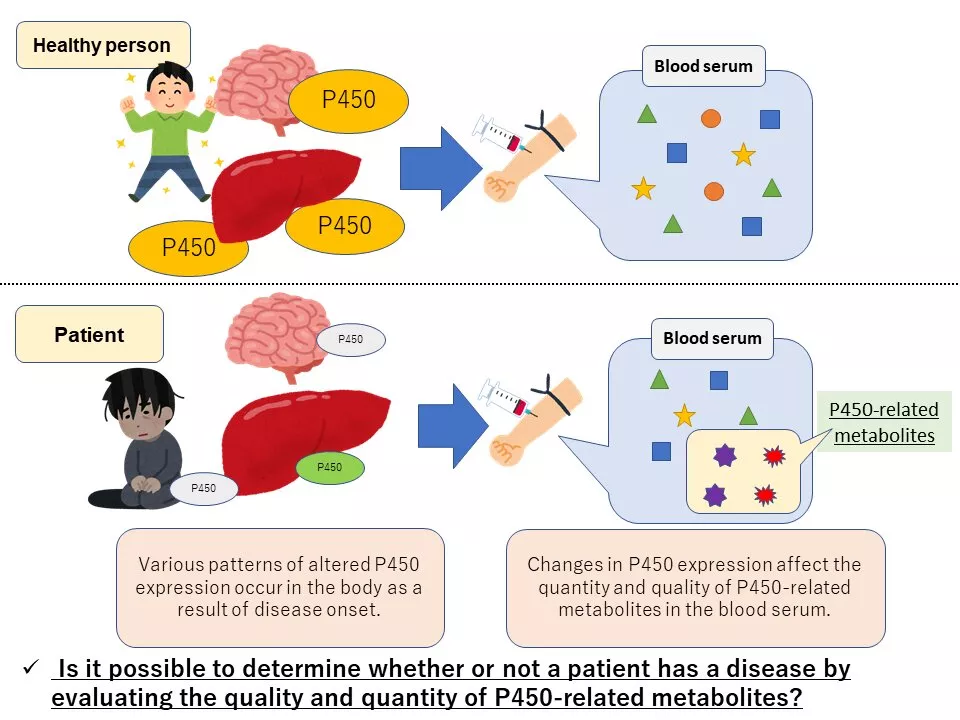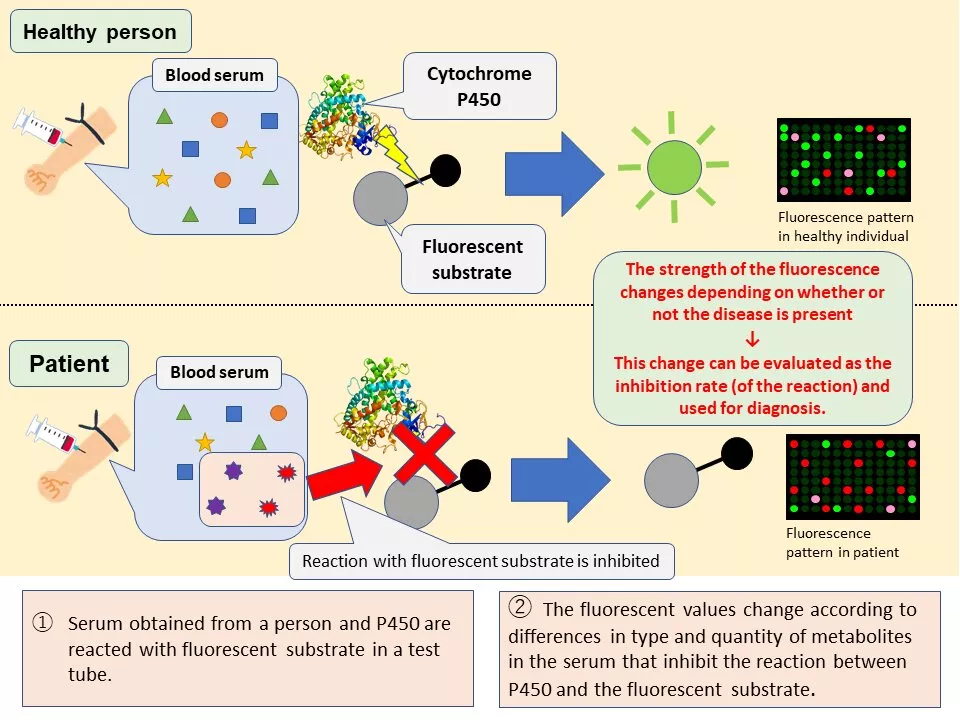Because this disease can not be completely cured, the early diagnosis of Parkinson's disease has a far-reaching impact on the treatment plan and the quality of life of patients. Scientists are making progress in finding clues to the disease. A new similar study shows how these signs can be revealed by a cheap blood test that shows high accuracy in early trials.
At present, doctors diagnose Parkinson's disease by assessing the patient's motor symptoms, history and physical and mental health status, but the symptoms may be difficult to distinguish from other nervous system diseases. And because early accurate diagnosis creates a larger window for lifestyle interventions such as exercise and treatment programs such as levodopa, these programs are more effective in the early stage, so people are very interested in improving the current methods.
Biomarkers in blood and even skin are considered as very promising tools, which may provide clear and early evidence of Parkinson's disease, and scientists are making some exciting progress in developing tests to detect them. For example, one test in 2016 focused on detecting abnormal metabolism of blood cells in patients with Parkinson's disease, and another test in 2020 showed that telomeres (structures at the ends of chromosomes) of patients were short, which can be shown by blood samples.
The latest breakthroughs in this field have also focused on blood, but there is a different marker in an enzyme superfamily called cytochrome P450. These constitute an important metabolic system that has evolved to help organisms -- including humans -- safely metabolize chemicals and oxidized fatty acids and other important functions. It is well known that in the face of inflammation caused by cancer, cardiovascular disease and diabetes, the expression of P450 enzymes will change and change the relevant metabolites in patients.

Scientists at Kobe University in Japan have previously developed a "P450 inhibition assay" -- a test that can detect these altered metabolites in serum samples. This has proved to be an effective method for detecting ulcerative colitis and diabetes in mice, and gave the team the impression that it can also be used for Parkinson's disease.
The scientists tested sera from human patients and rat models of Parkinson's disease. The detection method relies on a chemical reaction involving the oxidation of fluorescent substrates. The results showed that the changed metabolites in the serum extracted from the diseased patients and rodents inhibited this process, and this different oxidation rate provided a difference to distinguish them from the healthy patients.

This is the first study to show that P450 can be used to diagnose Parkinson's disease. The research team reports that the accuracy of human and rat subjects is 85% to 88%. It is hoped that it can bring a cheap and simple method to screen the disease in the early stage. In addition, it can promote scientists' understanding of the molecular mechanism behind the disease, and may bring new treatments. Now, the team is focusing on larger scale trials to evaluate the clinical performance of the technology.